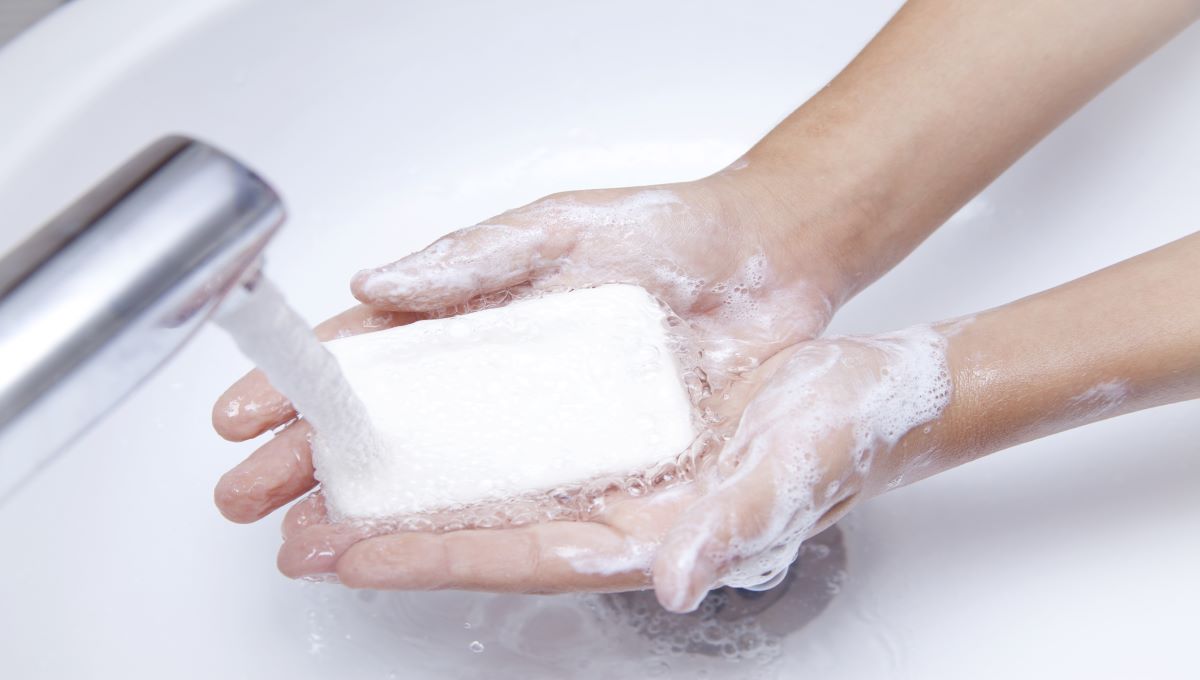There has been no large increase in Australians washing their hands since this time in 2019, according to a survey.
The Food Safety Information Council (FSIC) said as handwashing was a major component of a national campaign to reduce the risk of catching COVID-19, the lack of improvement was a “considerable surprise.”
Research was conducted nationally online by Omnipoll in late August among a sample of 1,232 people aged 18 years and older. It was released ahead of Global Handwashing Day on Oct. 15. This year’s theme is Hand Hygiene for All.
Twenty percent of men and 15 percent of women don’t always wash their hands after going to the toilet. Overall, there was a 4 percent increase in the number of people who always wash their hands after going to the toilet — up from 79 percent to 83 percent.
Hygiene around food
More than 40 percent of Australians don’t always wash hands before touching food. Men were less likely than women to always wash hands before touching food. This figure was 53 percent for men and 62 percent for women.
Research indicated that more people are putting themselves at risk of food poisoning with a drop in respondents always washing their hands before handling food, from 63 percent to 58 percent.
Lydia Buchtmann, FSIC’s communications director, said Omnipoll also asked how often people washed their hands and used hand sanitizer on the previous day.
“While one in five people couldn’t recall how often, the others reported that they washed their hands an average of 7.5 times a day and sanitized them 3.9 times a day. There was also a strong correlation between people’s use of hand sanitizer and concerns about catching COVID-19,” she said.
“While the Food Safety Information Council’s major concern is to reduce the estimated 4.1 million cases of food poisoning each year, we recognize that good hand hygiene can also reduce your risk of COVID-19 and other viral infections.”
Hands should be washed with soap and running water for 20 seconds and dried thoroughly or hand sanitizer used if handwashing facilities aren’t available before handling, preparing and eating food; after touching raw meat, fish, shell eggs or poultry; using the toilet; blowing your nose; touching a pet; and after returning home.
Handwashing can reduce diarrheal diseases by 30 percent to 48 percent, according to previously published research.
FSIC members Ecolab and Accord Australasia made donations as part of the research. Jan Pacas, managing director at Ecolab, said handwashing is essential to food safety and protection from a range of viruses, including COVID-19.
Accord Australasia is a national industry association representing manufacturers and marketers of hygiene, personal care and specialty products, their raw materials suppliers and service providers.
U.S. decline
In the United States, there has been a 14 percent decline in frequent handwashing since the start of the coronavirus pandemic, according to the American Cleaning Institute (ACI).
Research conducted by Ipsos in March and September this year tracked changes in consumer cleaning behaviors in the first six months of the outbreak. A sample of 1,005 adults aged 18 and older from all 50 states were interviewed online in English.
The proportion who reported washing their hands more often since the spread of COVID-19 has declined from 78 percent in March to 64 percent in September. Use of hand sanitizer has gone up and was at 62 percent in September versus 46 percent in March. Only 10 percent of Americans said they had not made any changes to their hand hygiene practices since the spread of COVID-19.
“Washing your hands with soap and water for at least 20 seconds is one of the most simple and effective measures to take in the fight against COVID-19 and other easily transmittable diseases,” said Melissa Hockstad, ACI president and CEO.
(To sign up for a free subscription to Food Safety News, click here.)

